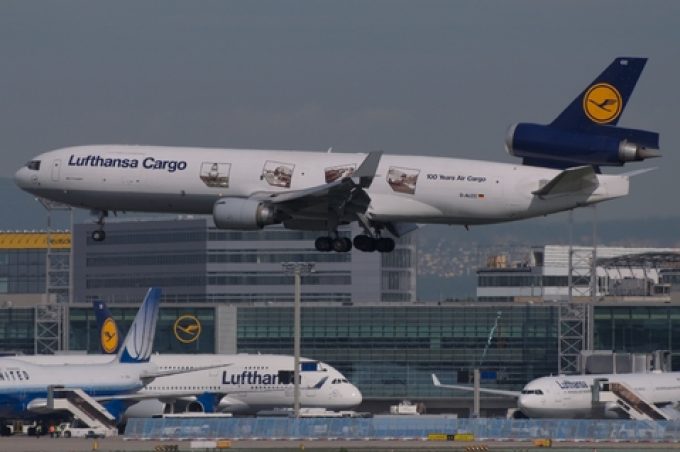'Precision therapy logistics gateway' plan for Brussels Airport
Pharma.Aero, whose mission is to advance logistics in the life science and medtech industries, has ...

European airport cargo data for 2022 is trickling in. The numbers are poor, but likely to be poorer still this year.
Frankfurt is the latest to admit to falling volumes last year, down 13.3% on 2021, to some 2m tonnes, and, like Schiphol, volumes were down on 2019 too, by 5.6%.
December was particularly bad, with year-on-year volumes down 19%.
Operator Fraport said: “The main factors contributing to this decline included the airspace restrictions related to the war in Ukraine, the zero-Covid strategy ...
MSC Elsa 3 sinking – now the 'blame game' begins
Crew saved as MSC box ship, hit by 'monsoon' off Indian coast, sinks
After DSV 'cuts the cake' on Schenker acquisition, time for redundancies?
New services and reinstated blanked sailings boost transpacific capacity
Congestion fear as US west coast ports brace for transpacific cargo surge
$2.1bn E2open purchase will 'catapult WiseTech into a different dimension'
Houthis claim Red Sea safe for box ships not calling at port of Haifa
Bad news for shippers as wave of transpacific rate increases continues
Shippers hold their breath as Trump appeals court ruling that tariffs are illegal
US importers stockpiling goods to avert autumn shortages amid tariff chaos
Shippers brace for rate rise as smart phones expected to drive air cargo market
No deals with carriers, say Houthis – Red Sea safe for non Israel-affiliated ships

Comment on this article